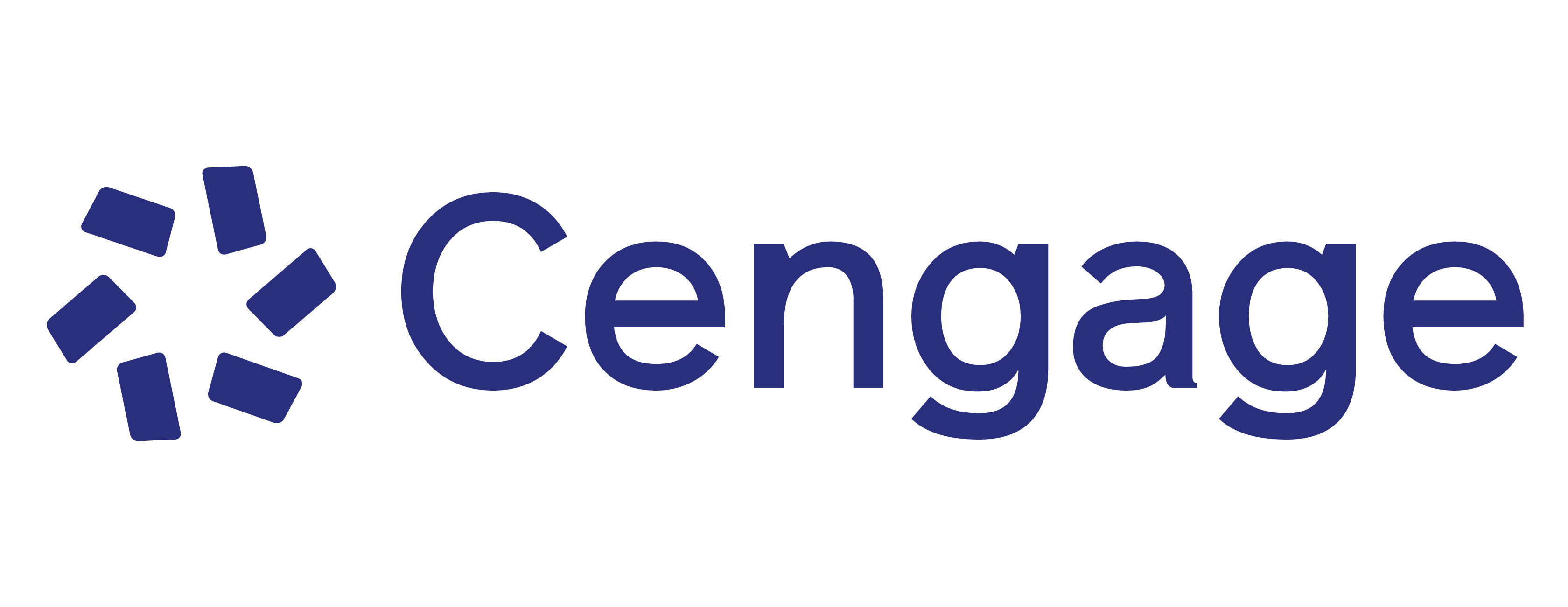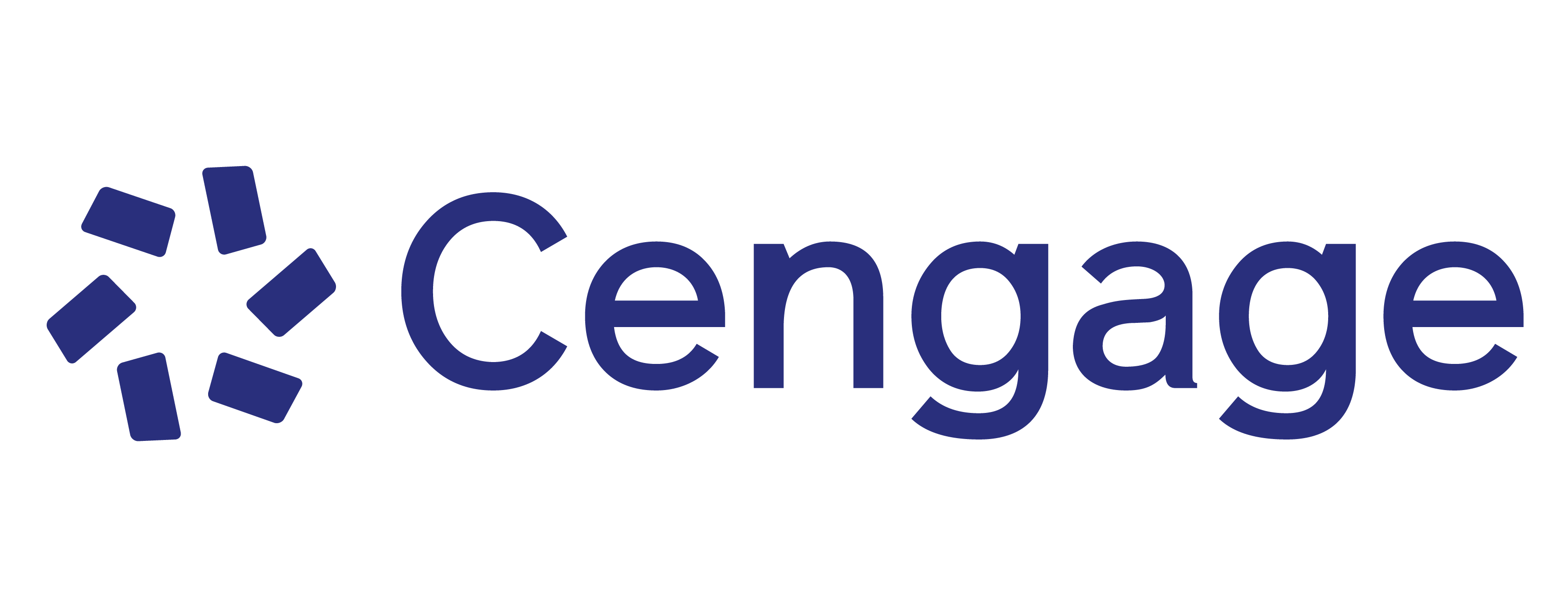Guide students in developing the strong problem-solving skills and a solid foundation in the fundamental principles they need to become analytical, detail-oriented and creative engineers with Moaveni's ENGINEERING FUNDAMENTALS: AN INTRODUCTION TO ENGINEERING, 6th Edition. Students begin by studying what engineers do, with a special inside glimpse into various areas of specialization. This straight-forward overview candidly examines what is required to succeed as an engineer today. The author introduces basic physical concepts and laws that students will encounter in future studies as well as on the job. Professional Profiles highlight the work of practicing engineers around the globe and further emphasize the importance of the principles that students are studying for professional engineering success.
Part I: ENGINEERING.
1. INTRODUCTION TO THE ENGINEERING PROFESSION.
Engineering Work Is All Around You. Engineering as a Profession. Common Traits of Good Engineers. Engineering Disciplines.
2. PREPARING FOR AN ENGINEERING CAREER.
Making the Transition from High School to College. Budgeting Your Time. Study Habits and Strategies. Getting Involved with an Engineering Organization. Your Graduation Plan.
3. INTRODUCTION TO ENGINEERING DESIGN.
Engineering Design Process. Additional Design Considerations. Teamwork. Project Scheduling and Task Chart. Engineering Standards and Codes. Water and Air Standards in the United States.
4. ENGINEERING COMMUNICATION.
Communication Skills and Presentation of Engineering Work. Basic Steps Involved in the Solution of Engineering Problems. Written Communication. Oral Communication. Graphical Communication.
5. ENGINEERING ETHICS.
Engineering Ethics. The Code of Ethics of the National Society of Professional Engineers. Engineer's Creed. Academic Dishonesty, Conflict of Interest, Professional Responsibility.
Part II: ENGINEERING FUNDAMENTALS.
6. FUNDAMENTAL DIMENSIONS AND UNITS.
Fundamental Dimensions and Units. Systems of Units. Unit Conversion and Dimensional Homogeneity. Significant Digits (Figures). Components and Systems. Physical Laws and Observations.
7. LENGTH AND LENGTH-RELATED VARIABLES IN ENGINEERING.
Length as a Fundamental Dimension. Ratio of Two Lengths—Radians and Strain. Area. Volume. Second Moment of Area.
8. TIME AND TIME-RELATED VARIABLES IN ENGINEERING.
Time as a Fundamental Dimension. Measurement of Time. Periods and Frequencies. Flow of Traffic. Engineering Variables Involving Length and Time.
9. MASS AND MASS-RELATED VARIABLES IN ENGINEERING.
Mass as a Fundamental Dimension. Density, Specific Weight, Specific Gravity, and Specific Volume. Mass Flow Rate. Mass Moment of Inertia. Momentum. Conservation of Mass.
10. FORCE AND FORCE-RELATED VARIABLES IN ENGINEERING.
Force. Newton's Laws in Mechanics. Moment, Torque—Force Acting at a Distance. Work—Force Acting Over a Distance. Pressure and Stress—Force Acting Over an Area. Linear Impulse—Force Acting Over Time.
11. TEMPERATURE AND TEMPERATURE-RELATED VARIABLES IN ENGINEERING.
Temperature as a Fundamental Dimension. Temperature Difference and Heat Transfer. Thermal Comfort. Heating Values of Fuels. Degree-Days and Energy Estimation. Additional Temperature-Related Material Properties.
12. ELECTRIC CURRENT AND RELATED VARIABLES IN ENGINEERING.
Electric Current, Voltage, and Electric Power. Electrical Circuits and Components. Electric Power Sources. Electric Motors. Lighting Systems.
13. ENERGY AND POWER.
Work, Mechanical Energy, and Thermal Energy. Conservation of Energy. Power. Efficiency. Energy Sources, Generation, and Consumption.
Part III: COMPUTATIONAL ENGINEERING TOOLS.
14. COMPUTATIONAL ENGINEERING TOOLS: ELECTRONIC SPREADSHEETS.
Microsoft Excel Basics. Excel Functions. Plotting with Excel. Matrix Computation with Excel. An Introduction to Excel’s Visual Basic for Applications.
15. COMPUTATIONAL ENGINEERING TOOLS: MATLAB.
MATLAB Basics. MATLAB Functions, Loop Control, and Conditional Statements. Plotting with MATLAB. Matrix Computations with MATLAB. Symbolic Mathematics with MATLAB.
Part IV: ENGINEERING GRAPHICAL COMMUNICATION.
16. ENGINEERING DRAWINGS AND SYMBOLS.
Mechanical Drawings. Civil, Electrical, and Electronic Drawings. Solid Modelling. Engineering Symbols.
Part V: ENGINEERING MATERIAL SELECTION.
17. ENGINEERING MATERIALS.
Material Selection and Origin. The Properties of Materials. Metals. Concrete. Wood, Plastics, Silicon, Glass, and Composites. Fluid Materials: Air and Water.
Part VI: MATHEMATICS, STATISTICS, AND ENGINEERING ECONOMICS.
18. MATHEMATICS IN ENGINEERING.
Mathematical Symbols and Greek Alphabet. Linear Models. Nonlinear Models. Exponential and Logarithmic Models. Matrix Algebra. Calculus.
19. PROBABILITY AND STATISTICS IN ENGINEERING.
Probability—Basic Ideas. Statistics—Basic Ideas. Frequency Distributions. Measures of Central Tendency and Variation—Mean, Median, and Standard Deviation. Normal Distribution.
20. ENGINEERING ECONOMICS.
Cash Flow Diagrams. Simple and Compound Interest. Future Worth of a Present Amount and Present Worth of a Future Amount. Effective Interest Rate. Present and Future Worth of Series Payment. Interest-Time Factors. Choosing the Best Alternatives—Decision Making. Excel Financial Functions.
-
Saeed Moaveni
Dr. Saeed Moaveni is a successful engineer, author and educator. He is a licensed professional engineer in the State of New York and has more than 35 years of experience in practice, teaching and research. Dr. Moaveni has held faculty appointments at several universities, including University of South Carolina, Syracuse University and Minnesota State University, and he has served as a graduate program coordinator, department chair and dean. He is the former dean of the David Crawford School of Engineering at Norwich University -- one of the oldest engineering schools in the country (founded in 1819). He has served as a consultant to various companies and universities, and as a reviewer and panelist for the National Science Foundation for more than 25 years. As a well-known educator and researcher, Dr. Moaveni has received numerous awards throughout his career, including the Jack Cermak Distinguished Professor Fellowship, the American Society for Engineering Education Outstanding Young Faculty Award, the Inter Faculty Organization (IFO) Award for Outstanding Contributions to Women's Advancement in Minnesota State Universities, the International Network for Engineering Education and Research Recognition Award and the Global Citizen Award from Minnesota State University. Dr. Moaveni's various textbooks have been translated into many languages, including traditional Chinese, simplified Chinese, Portuguese, Farsi and Korean. He has been invited abroad as a visiting scholar at numerous universities, including Kyushu University (Japan), National Chiao Tung University (Taiwan), National Cheng Kung University (Taiwan), the Institute of Theoretical and Applied Mechanics at National Taiwan University, Shanghai University of Engineering Science and Kwame Nkrumah University of Science and Technology (Ghana).
-
*NEW* DISCUSSION AND REVIEW FEATURES ENCOURAGE INTERACTIVE LEARNING. This edition's highlighted concepts; "Discussion Starters," which offer contemporary readings followed by discussion questions; and section-ending "Before You Go On" questions help students understand and apply key concepts and skills.
-
*NEW* END-OF-CHAPTER PROBLEMS PROMOTE TRADITIONAL AND DIGITAL SKILLS, STRONG COMMUNICATION AND TEAMWORK. This edition's Research Problems encourage students to solve problems using both the Internet and traditional research methods. In addition, Communication Problems guide students in developing effective written and oral communication skills, and Teamwork Problems encourage group participation.
-
*NEW* WEB-ASSIGN ONLINE HOMEWORK--WebAssign is a flexible and fully customizable online instructional system that puts powerful tools in the hands of instructors, enabling you to create and deploy assignments, instantly assess individual student and whole class performance, and realize your teaching goals. Our numerous product features are designed to provide you and your students with flexible online tools for measured learning.
-
NUMEROUS ASSIGNMENTS TEACH STUDENTS TO EFFICIENTLY ACQUIRE AND APPLY KEY INFORMATION. Meaningful assignments throughout this edition require that students gather information by using the Internet or traditional methods. Students refine the skills needed to obtain and properly use the information that's acquired.
-
MODULAR STRUCTURE OFFERS FLEXIBILITY IN TEACHING AND BUILDING UPON THE FUNDAMENTALS. The reader-friendly presentation within this edition is organized into six parts that each build upon one another. This modular structure allows students to hone problem-solving skills while developing a vital understanding of fundamental engineering principles.
-
FOCUSED LEARNING OBJECTIVES AND HELPFUL SUMMARIES DIRECT READERS AND REINFORCE KEY INFORMATION. Each chapter begins with precise learning objectives and concludes by summarizing crucial information the reader should have learned from studying the chapter.
-
WEALTH OF CONTENT OFFERS FLEXIBILITY IN TEACHING. Using a popular modular structure, this edition provides enough important material that you have the flexibility to choose the specific topics that are best for your specific course and student needs. Each of the text's six parts build upon each other or can be studied independently.
-
APPEALING, FULL-COLOR DESIGN DIRECTS READER ATTENTION TO KEY INFORMATION. This edition's unique, full-color presentation makes important content more engaging and critical concepts easier for readers to locate.
-
BOOK'S APPROACH AND CONTENT SUPPORTS ABET REQUIREMENTS. This edition's focus on Learning Objectives and in-text testing complies with ABET requirements and helps your students master today's most important engineering content.
Companion Website for Moaveni's Engineering Fundamentals, 6th
9780357112199
Instructor's Solutions Manual for Moaveni's Engineering Fundamentals 6th
9780357112175
Cengage eBook: Engineering Fundamentals 12 Months
9788000034461


